Today 3DEO is one of the leading metal Additive Manufacturing companies in the United States, but the history of the industry began in the early 1980s and has since been rapidly evolving. From its humble beginnings to its groundbreaking advancements, 3DEO will take you on a captivating exploration of the history and evolution of metal Additive Manufacturing.
Discover how early techniques faced limitations and how they paved the way for game-changing advancements like selective laser melting and electron beam melting. These revolutionary techniques have pushed the boundaries of what was once thought possible, opening up new possibilities for material selection and quality control. We also provide insights into the future of metal Additive Manufacturing and the exciting prospects it holds.
Whether you’re an industry professional or simply a curious enthusiast, get ready to embark on a journey through time and witness the remarkable evolution of metal Additive Manufacturing.
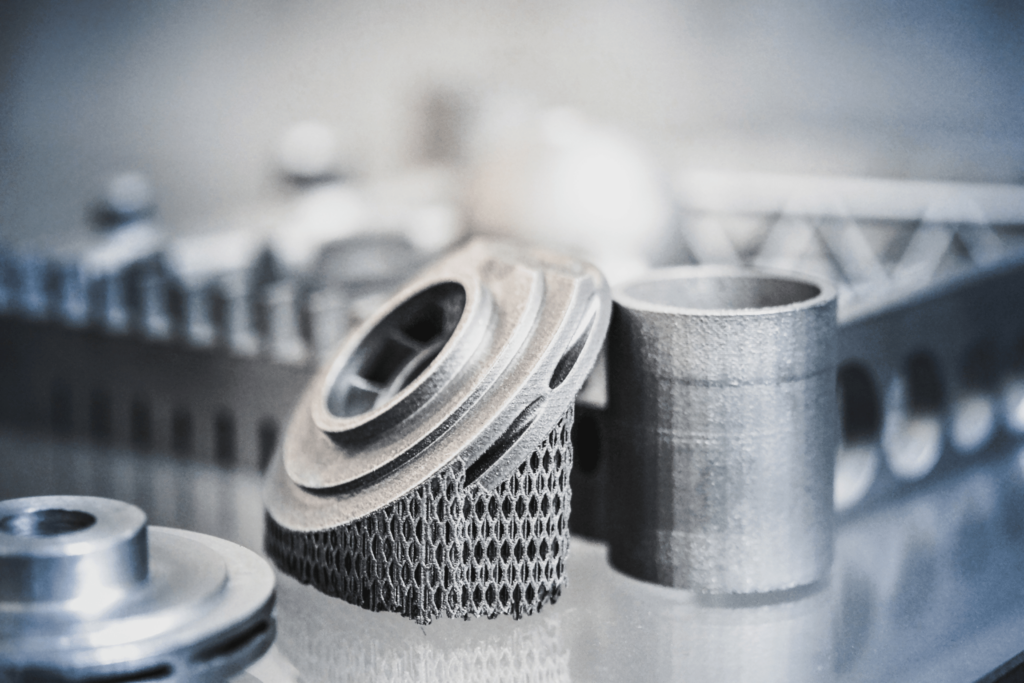
Key Takeaways
- Metal Additive Manufacturing techniques have evolved significantly since their origins in the early 1980s, thanks to the contributions of Dr. Carl Deckard and Dr. Joseph Beaman.
- Selective Laser Melting (SLM) and Electron Beam Melting (EBM) are two revolutionary techniques that have enabled the creation of intricate and complex metal parts, with wide-ranging applications in industries such as aerospace, automotive, and healthcare.
- Advances in material availability have expanded the possibilities of metal Additive Manufacturing, allowing for improved strength, durability, and performance of metal parts.
- The integration of AI and machine learning has the potential to further enhance the efficiency and accuracy of metal 3D printing, driving innovation and customization in manufacturing.
The Origins of Metal Additive Manufacturing
Metal Additive Manufacturing, or 3D printing, has its origins in the early 1980s when a group of engineers and scientists began to explore the possibility of creating complex metal parts layer by layer using a computer-controlled process. These early developments paved the way for the groundbreaking technology we have today.
Pioneering researchers, such as Dr. Carl Deckard and Dr. Joseph Beaman, played a crucial role in advancing metal Additive Manufacturing. In 1986, Dr. Deckard filed a patent for Selective Laser Sintering (SLS), a method that uses a laser to selectively fuse powdered materials together. This marked a significant milestone in the history of metal Additive Manufacturing.
Building upon these initial breakthroughs, researchers continued to refine the process, leading to the development of various metal 3D printing techniques that are widely used today.
Early Techniques and Limitations
Early techniques and limitations in metal Additive Manufacturing were frustrating and constraining. One limitation was the lack of materials available for printing.
Only a few metals, like titanium and stainless steel, could be used, limiting the range of applications and designs. The printing process was slow, inefficient, and had low accuracy and resolution.
These limitations hindered widespread adoption in industries. However, these early techniques were historically significant and paved the way for the advancements we see today.
Direct Metal Laser Sintering (DMLS): A Game-Changing Technology
Direct Metal Laser Sintering (DMLS) has revolutionized the field by allowing for the creation of intricate and complex metal parts with unprecedented precision and speed. This game-changing technology offers several advantages over traditional manufacturing techniques.
- Design Flexibility: DMLS enables the creation of parts with intricate geometries and internal features that were previously impossible to achieve. This opens up new possibilities for designers and engineers.
- Material Efficiency: The process eliminates waste by using only the exact amount of material needed for each part. This not only reduces costs but also helps conserve resources.
- Wide Range of Applications: DMLS is being used for various industries, including aerospace, automotive, and healthcare. It is used to produce lightweight parts, customized implants, and even complex engine components.
The advantages of DMLS and its diverse applications have made it an indispensable tool in the world of metal Additive Manufacturing.
Electron Beam Melting: Pushing the Boundaries of Possibility
Step into the world of Electron Beam Melting and witness the boundaries of possibility being pushed as intricate and complex metal parts are created with unparalleled precision and speed.
Electron Beam Melting (EBM) is a cutting-edge Additive Manufacturing technique that utilizes a high-energy electron beam to melt and fuse metal powders together layer by layer. This process, similar to electron beam welding, allows for the production of highly intricate and customized components that were previously unachievable.
EBM is widely used for parts for various industries, including aerospace, automotive, and medical, where the demand for lightweight and high-performance parts is high. Its ability to create parts with complex geometries and excellent mechanical properties makes it a game-changer in the Additive Manufacturing field.
With EBM, the possibilities for creating innovative designs and pushing the boundaries of what is possible are endless.
Advances in Material Selection and Quality Control
Advancements in material selection and quality control have revolutionized the way components are produced. The development of new materials has expanded the possibilities for metal Additive Manufacturing. This allows for the creation of parts with improved strength, durability, and performance.
In addition, innovative inspection techniques have been developed to ensure the quality of printed parts. These techniques involve the use of advanced scanning technologies and non-destructive testing methods and in-process monitoring. They are used to detect any defects or inconsistencies in the printed components.
By utilizing these material advancements and inspection techniques, manufacturers can now produce metal parts with greater precision and reliability. This enables them to meet the demands of various industries and applications.
The Future of Metal Additive Manufacturing
As advancements continue to shape the field, experts predict that the future of metal 3D printing lies in the integration of artificial intelligence and machine learning algorithms to optimize the design and production process, ensuring even greater efficiency and accuracy.
The impact of metal Additive Manufacturing on industry has been significant, with sectors such as aerospace, automotive, and healthcare adopting this technology to create complex and customized components.
However, there are still challenges and opportunities in implementing metal Additive Manufacturing in various sectors. One challenge is the need for skilled technicians and engineers who can operate and maintain these advanced machines. Another challenge is the cost of materials and equipment, which can be a barrier for small and medium-sized businesses.
Despite these challenges, the opportunities for innovation and customization that metal Additive Manufacturing offers are immense and, as the technology continues to evolve, it is expected to revolutionize manufacturing processes across industries.
3DEO’s latest 3D metal printing process, Intelligent Layering®, is a competitive alternative to traditional manufacturing in cost, design speed, speed to market, design flexibility, scalability and many other areas.
Learn more about the current status and future of 3DEO’s 3D metal printing technology and how it can benefit you on your next project by reaching out to us today.

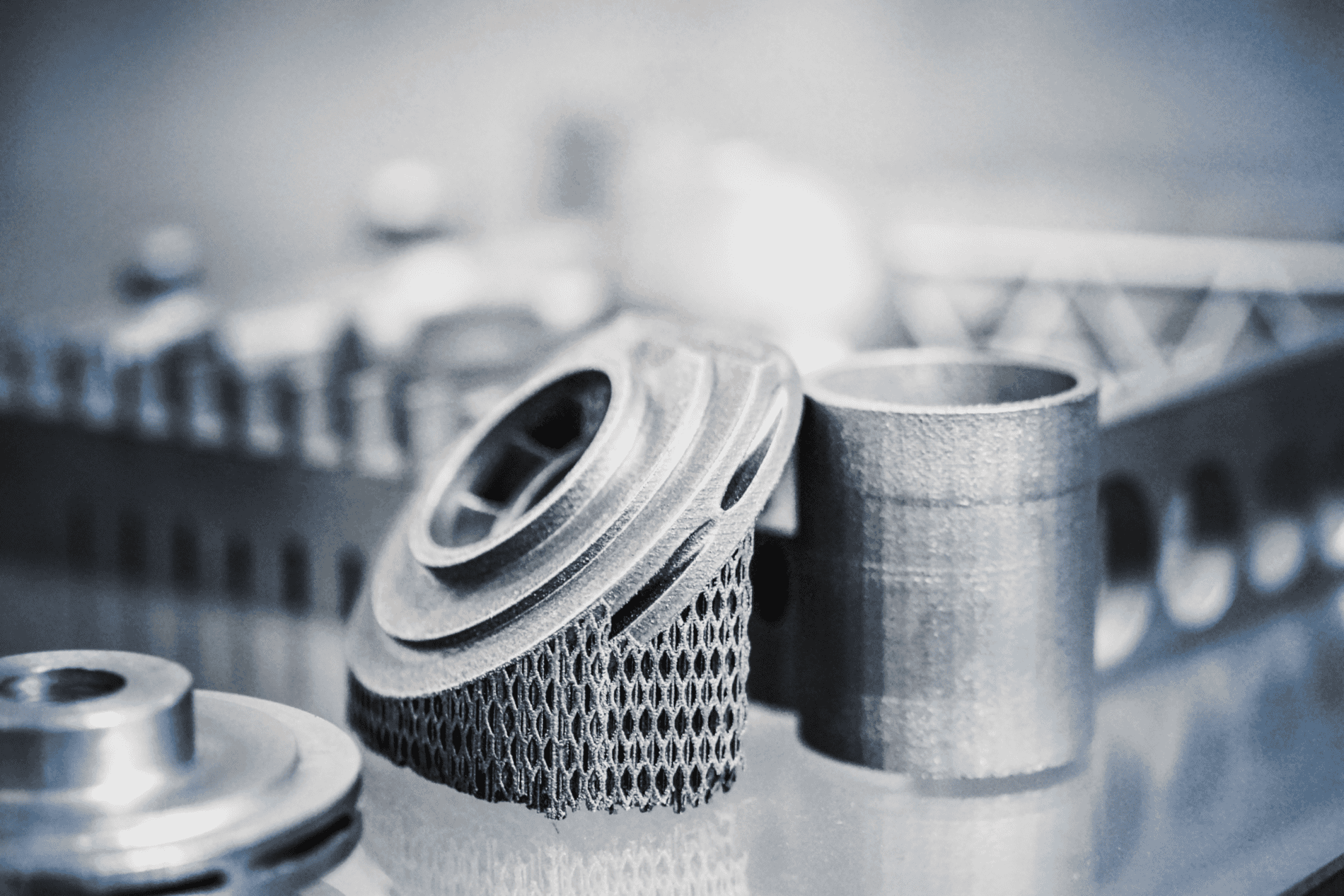
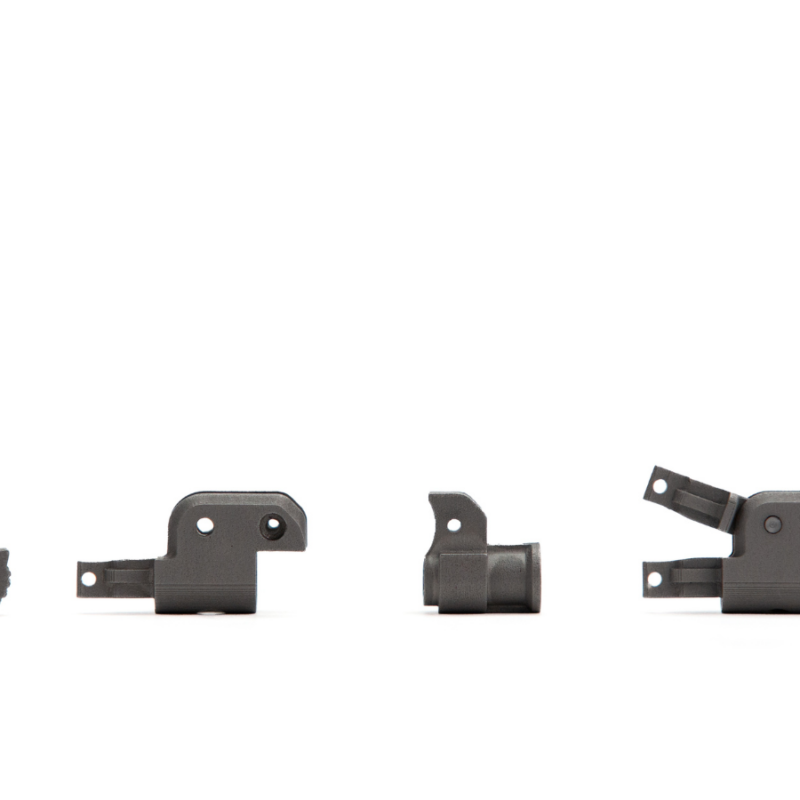
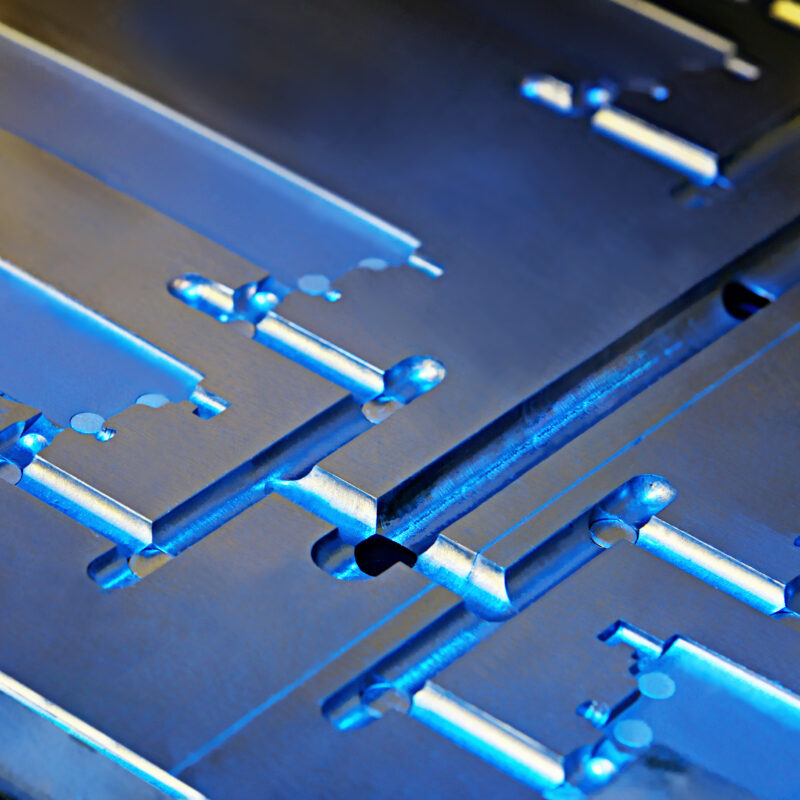
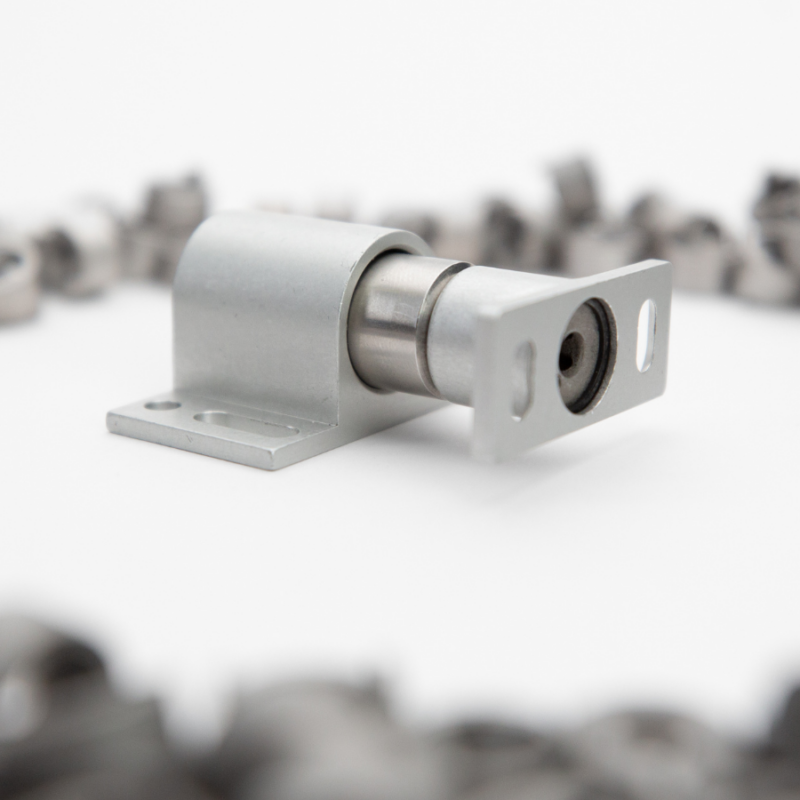
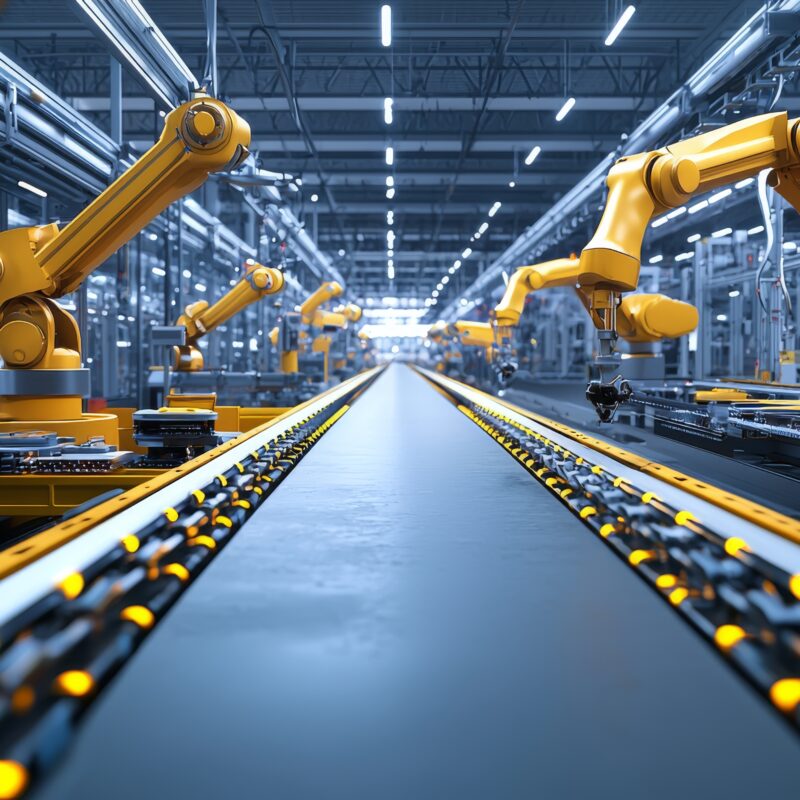
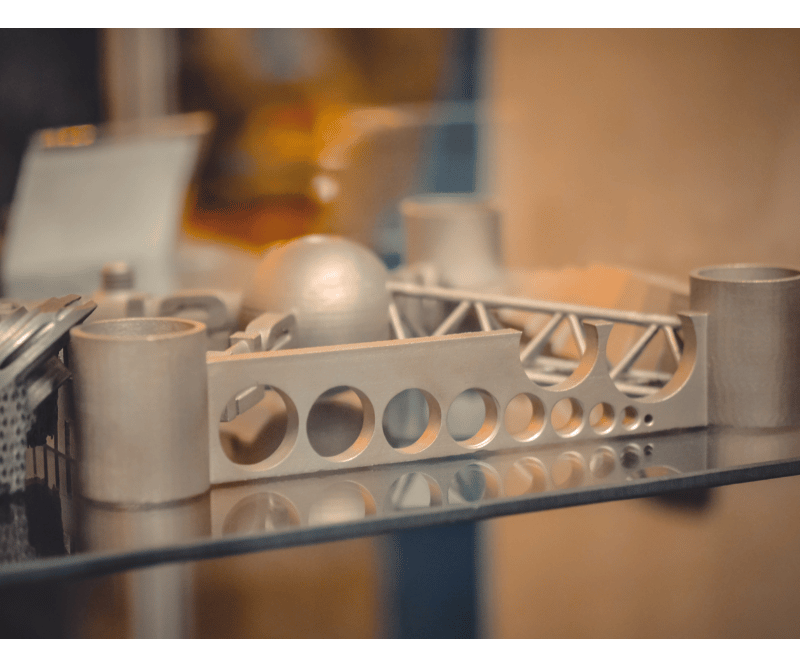
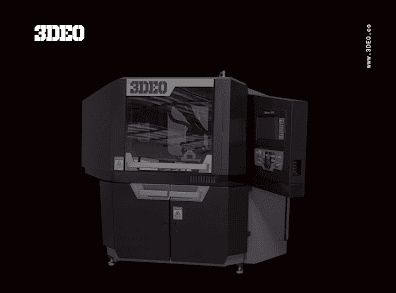
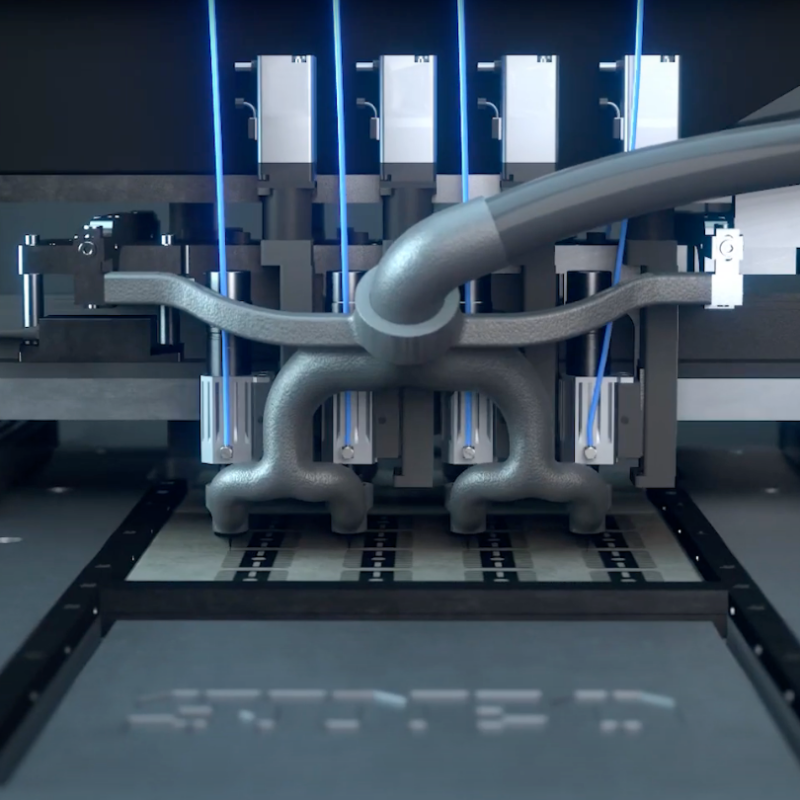
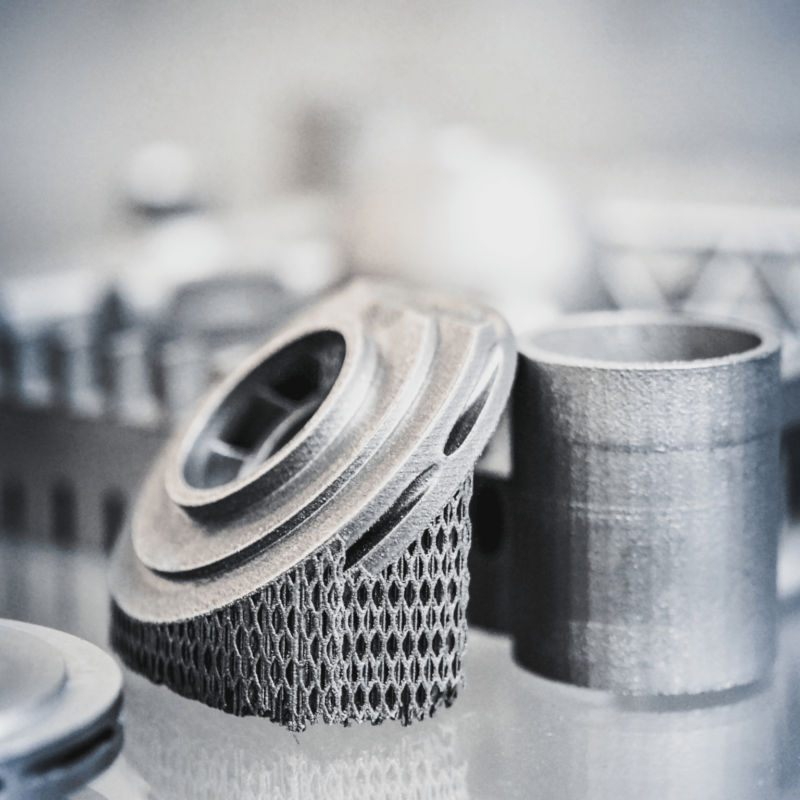
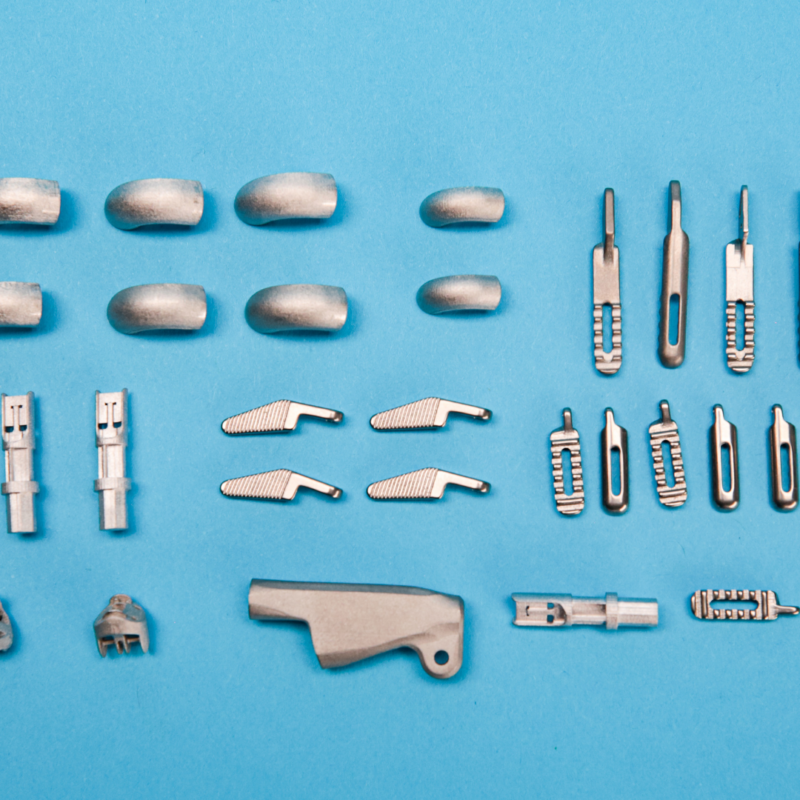
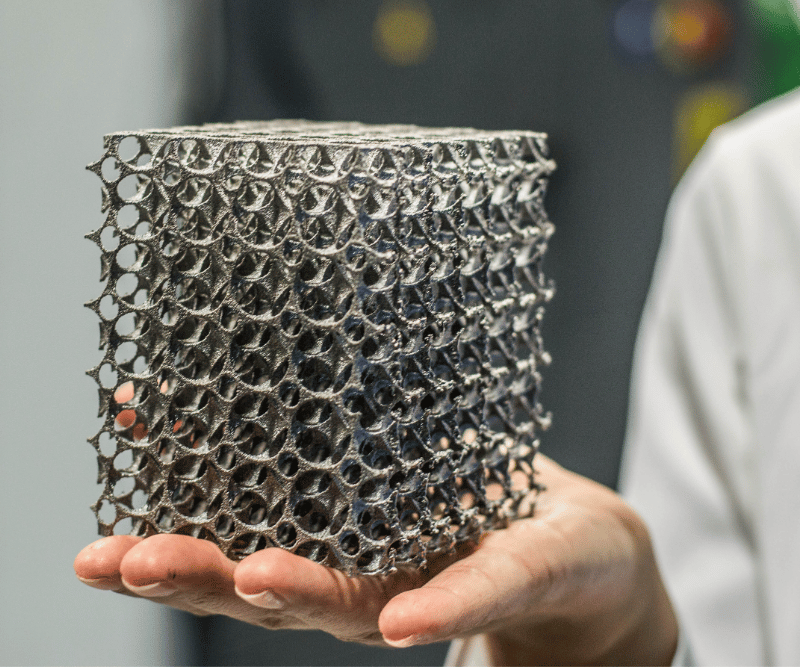

Join the discussion 2 Comments